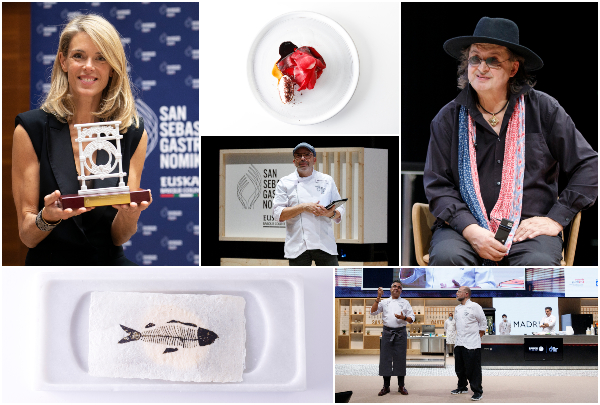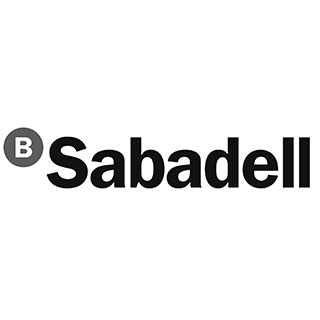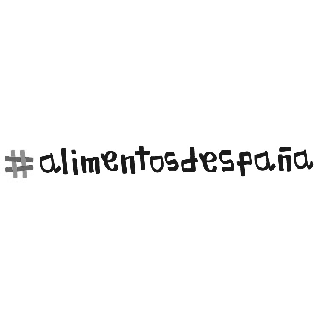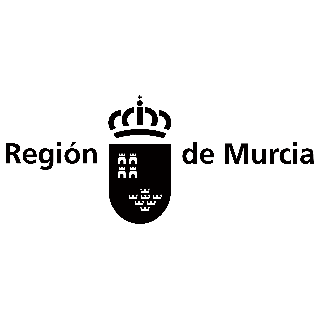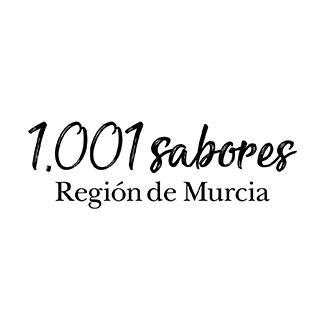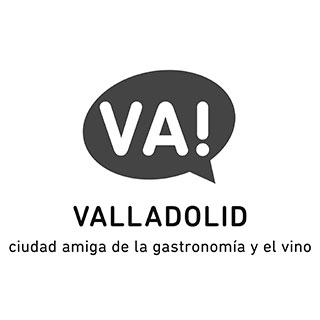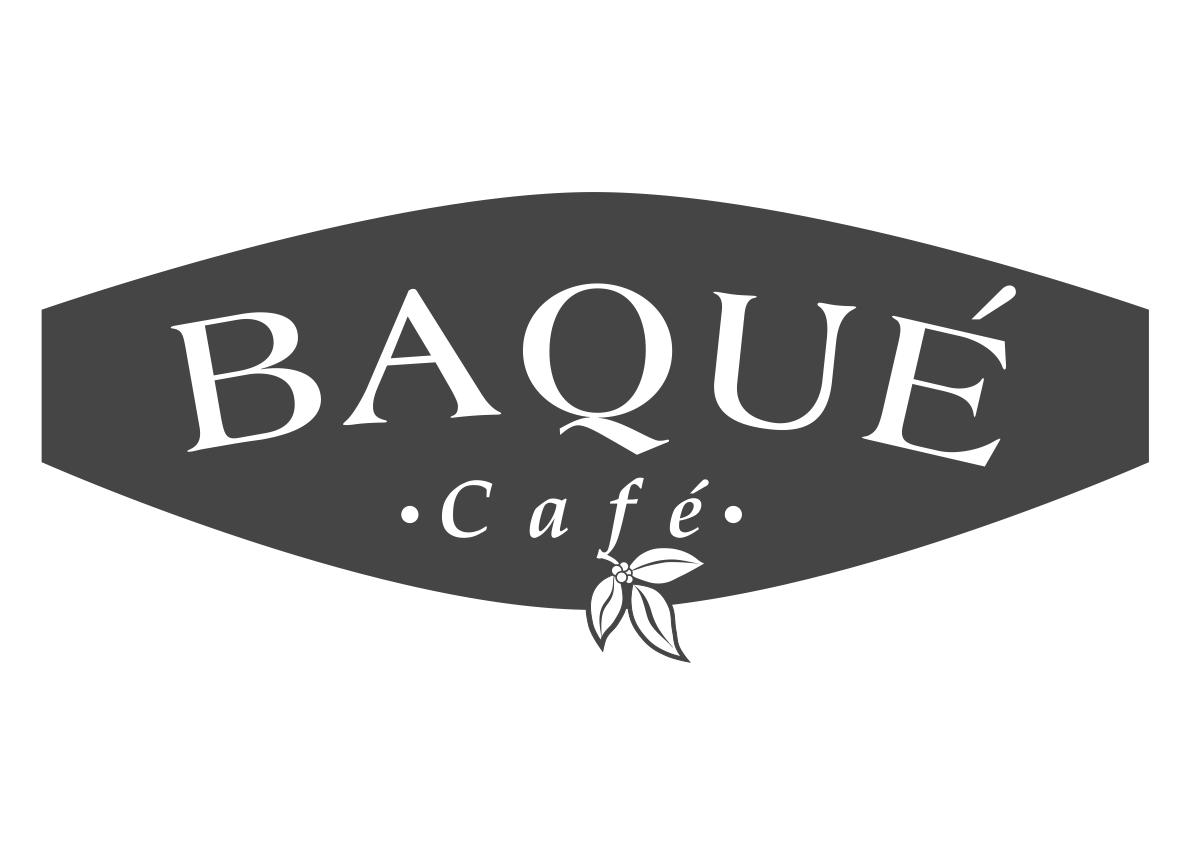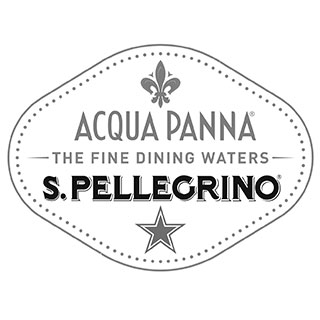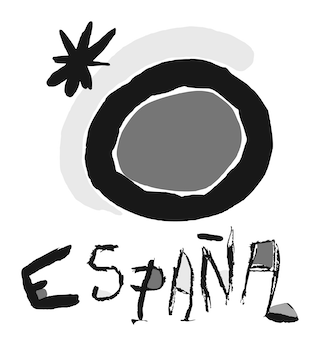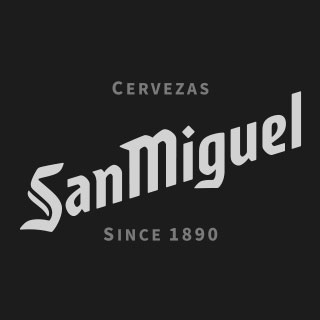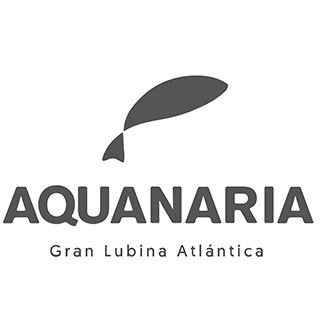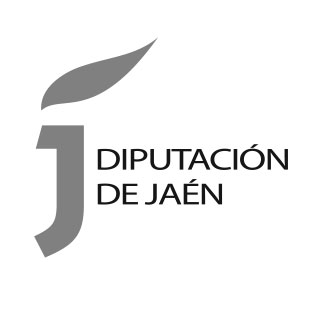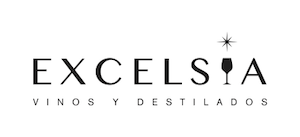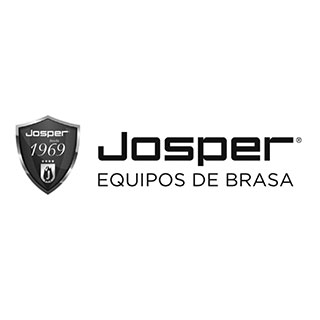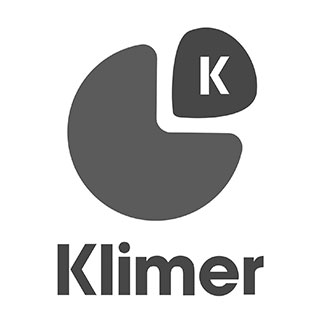News
Dutournier and Pellicer together against food waste
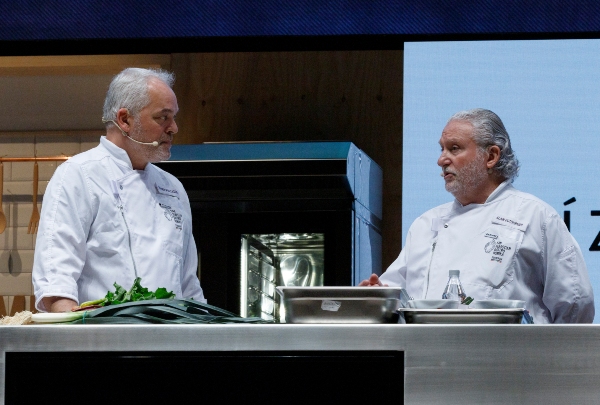
Alain Dutournier, chef of Au Trou Gascon (París), and Xavier Pellicer, of Xavier Pellicer (Barcelona) share the stage in the Auditorium to talk to us about the importance of conveying values and respecting the products in the recipe book; about learning to value all the parts of food -without waste- and move away from the image of food as the only parameter for eating.
Alain Dutournier and Xavier Pellicer share values, philosophy and a respect for the product, consequently it was logical, in this French-Spanish dialogue, that they share the stage together as well. It was not by chance, because Dutournier as one of Pellicer’s teachers. And it showed. The rapport on stage, the mutual praises and respect for the work of the other were present throughout the presentation.
“I feel happy to be here and pleased to see you’ve remained faithful to using natural products” Alan told Xavier. “You have worked hard and I’m glad to see the journey you’ve made, because you convey a message through your cuisine. In a world in which industry resorts to synthesized flavours and chemical elements and where they want us all to eat the same way, you have managed to retain the personality of the product. This savoir faire is what we have to convey through our recipes and albeit evolution is necessary -we do not eat as we did 50 years ago- we have to uphold these values. Health is also important and you invite us to eat healthy”, he pointed out.
After his remarks, the French chef showed a video which emphasized the respect for the product and the sublimation of simplicity through his oyster recipe. “This is a gift of nature, preserved in this shell as if in a little box. In mouth, it is stimulating, it reactivates, it is impossible to not think of things you can do with it… it has everything to make it into something royal”, he stated. For the Frenchman, oysters form part of the gastronomic map of what he calls the Old Europe. “It has a touch of acid, bitterness, saltiness… but it also has iodine and may different elements, it has many flavour notes. The oysters from Arcachon are very special”.
On his part, Xavier Pellicer, within this vindication of the terroir and product, prepared two recipes: one with beetroot and another with leeks. The Catalonian firmly believes in making full use of the food, and cooked every part of each one. “What is very important for me is to not cut the food, for it to keep its shape. In the case of leeks, we even use their roots. We throw nothing away. The same thing with beetroot, we use the leaves, stem and roots”.
Using the beetroot, he constructed what he defined as a “Greek dolma” in which the leaves, whitened and treated, wrap around a false risotto prepared from the stems which are cut into very small pieces to simulate rice. Managing to achieve the risotto texture using shallot, kuzu and water and with the beetroot roots and ecological chickpeas he prepared a hummus as a base. The finishing touch was strips of peppers with vinegar and lemon to give it a citric touch. “One of the things I have learnt from Alain is the love of the terroir, of the products and producers. A love that we try to convey in our dishes. Also respecting the flavour of each item of food”. In reply, Alain points out, “This is a fantastic example of how to sublimate a simple product and make it into something very personal. This is the work of a chef. I think it is a significant example in a world where we constantly throw away food and do not respect products, bread, vegetables… Our ancestors used everything. This should be recovered and conveyed”.
Pellicer takes the floor again to explain how biodynamics changed his way of cooking proposing his leek recipe as an example. “We don’t like to amputate vegetables. I like to receive them intact. Joan Salicrú, my producer, always tells me his vegetables have a lot of light”. Like in the case of the beetroot, the Catalonian chef uses the entire vegetable for his recipe. “The roots reminded us of angel hair pastry and so we started to work with it. We obtained three textures: raw, confit and fried”.
The softest part of the leek is opened up and steam cooked, adding an infusion of aniseed, fennel and lemon grass. Once prepared, it is placed over a sauce prepared using its green leaves then incorporating the fried roots.
Alain tasted the dish, his ex-student watched on. “You’ve managed to extract all its energy. It doesn’t need anything else”, he stated, satisfied with the recipe. And finished, “Every season has its products. It makes me sad when I see people who buy tomatoes in the supermarket in winter. It’s not their season. We should respect the seasonality of products. We are working with Alain Ducasse so that chefs can understand producers and the producers the chefs. It is important to sublimate simple products and not waste what looks ugly. That is superficial. We must recover the flavour, forget about aesthetics and learn that every part of any food can be eaten, learn to value it. We have spent some time in which we only picked the good-looking parts. This cannot be so. We cannot continue to waste products. We cannot just think about their appearance. Our life is at stake”.
.jpg)
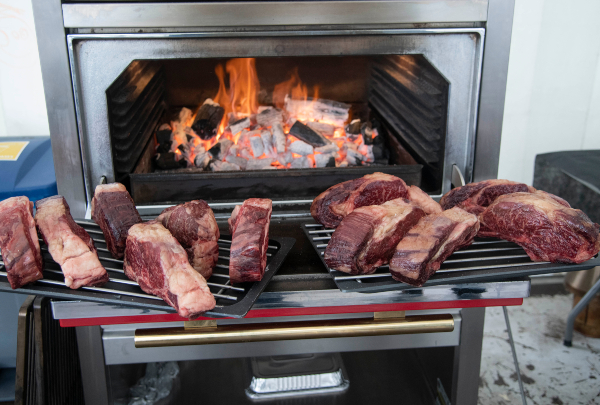
.jpg)
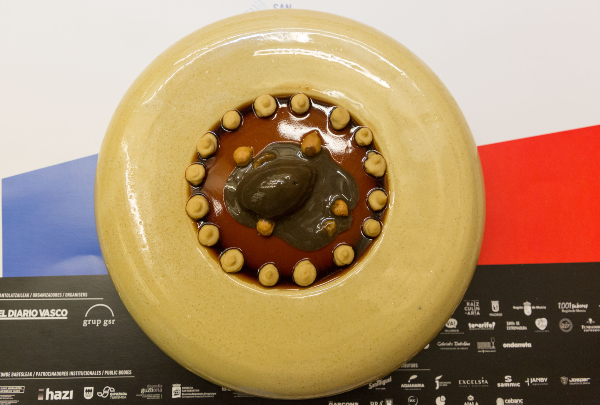
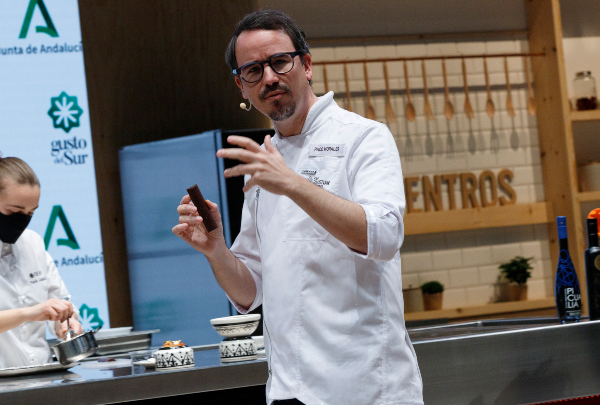
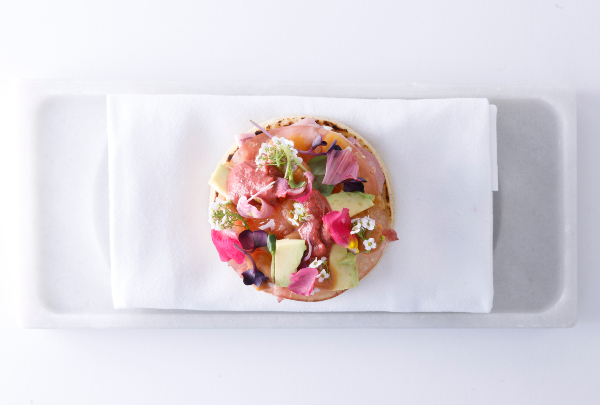
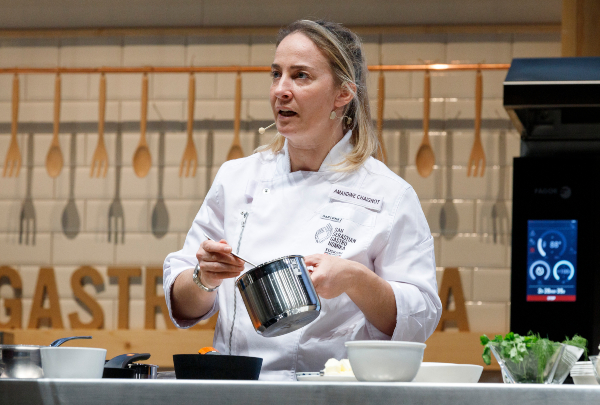
.jpg)

